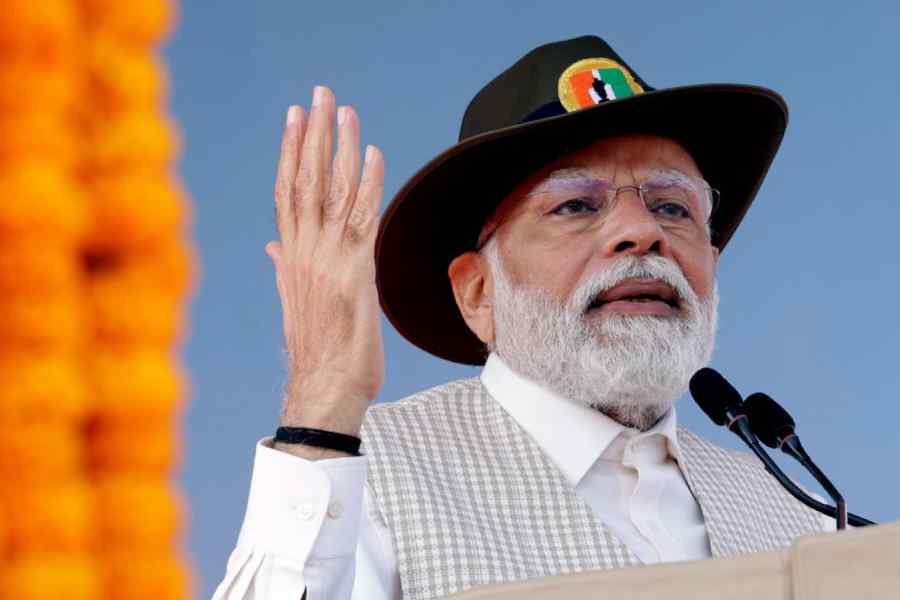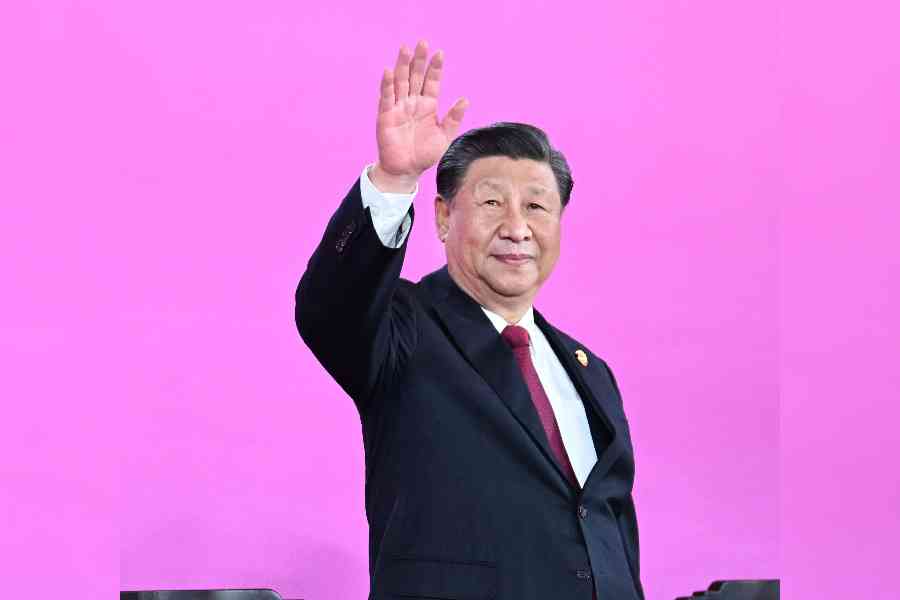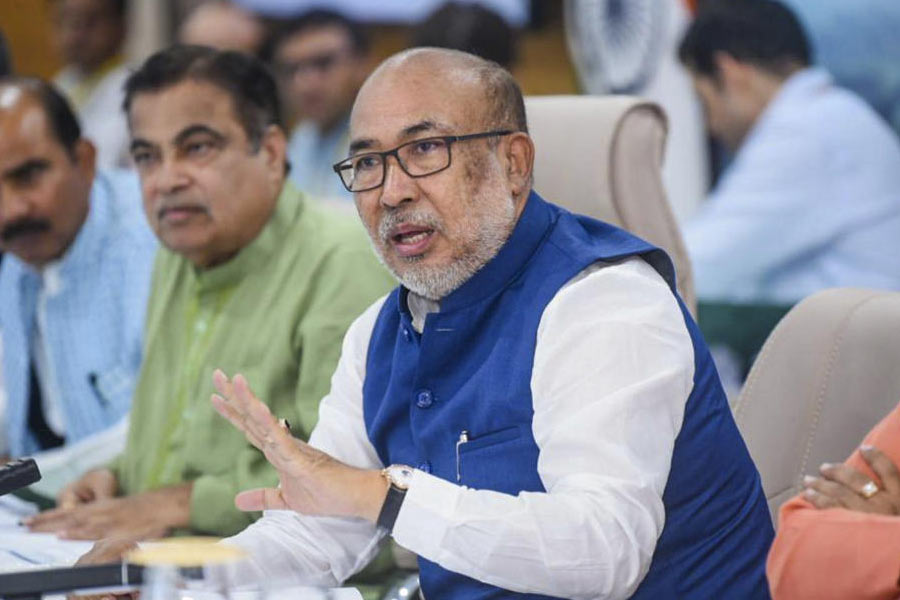The work of remembering is conducted in diverse ways. It is the work of forgetting, or rather, of making people forget, that appears to be easy. Destroying monuments, memorials, heritage sites, museums, texts and whatever else seems necessary for the single-minded drive to rewrite history cannot be difficult. The government headed by Narendra Modi created a new Parliament complex presumably because the old one had been left over from colonial times. The immaterial accretions of history in buildings that saw the dawning of the country’s blood-soaked independence and the republic’s growth thereafter did not matter; the political and cultural inheritance they symbolised had to be erased with a new complex that was probably meant to mark the birth of a new history. The capital’s landscape is changing through new structures, for instance with the convention centre in Pragati Maidan created after razing the old Hall of Nations, or with the renaming of the Nehru Memorial Museum and Library at Teen Murti Bhavan, once Jawaharlal Nehru’s home, as the Prime Ministers’ Museum and Library Society along with a new building to boot.
But landscapes are repositories of memory, and public spaces are dynamic with the responses and recollections of the people who visit them, who transform them by their presence and are in turn transformed by ‘witnessing’ not just one or two historical edifices, events or lives but also by experiencing the presence of the past in the moment. As though to enact this, museums can become interactive spaces, just as they can be places of research, as the former NMML was. The relationship with history is one of an ongoing exchange. In a different way, a memorial which preserves the objects left behind as a leader leaves the room to walk unsuspectingly into her assassins keeps reenacting history in the visitor’s imagination. The past becomes the present again, as it does in preserved detention camps or at recovered sites of genocide.
The suggestion of a minister that Indira Gandhi’s house be returned to the government — perhaps with her abandoned glasses bundled off to the mint-fresh prime ministers’ museum — threatens another assault on the country’s landscape of memory. Like sacking monasteries, wiping out monuments and their associations is an act of appropriating history by tearing through the social, cultural and wider political fabric. Wider, because it is the narrowest political vision that seeks to destroy memories of selected historical figures in the guise of cleansing India of dynastic rule. Trying to appropriate history is in effect the attempt to own the memory of the people, to wipe out the multiple, contending histories of a diverse, pluralistic country to put a newborn unitary history in its place. Is it colonisation all over again? But history is slippery; it eludes the grasp of the single-minded subject and keeps recording its destructions as well. The work of making people forget may not be simple after all.










